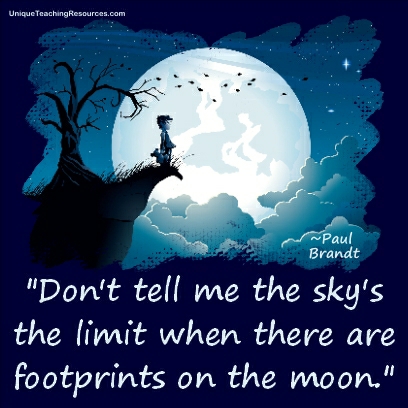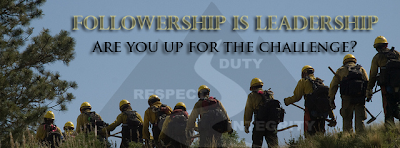by Tim Sendelbach
Editor-in-chief
Firehouse® Magazine
September 2015
The lessons we learn should never be limited by geographical or professional bias
On Oct. 26, 2006, initial-attack resources from CAL FIRE were dispatched to a fire burning in the Southern California town of Cabazon. With high temperatures, low humidity and Santa Ana winds in the forecast, the potential for rapid-fire growth was extreme.
As the fire grew to more than 500 acres, resources from the U.S. Forest Service were called in. This included the five-person crew of Engine 57.
Upon their arrival, Engine 57 and four other companies were directed to assist with structural protection. With the fire advancing rapidly, an evacuation order was given, and the assigned crews were directed to report to staging. Caught up in the congestion created by local citizens trying to evacuate at the same time, several of the assigned engine crews were delayed in getting back to the designated staging area.
After some time had passed, Engine 57 and Engine 52 were assigned to perform structural triage. After completing an evacuation of a residence, the captain of Engine 52 called the captain of Engine 57 to have them come to their location. With the crew set on a high point with an in-ground pool for a water supply and lines deployed, the Engine 57 captain reported back that they were at a good location and would remain there.
With fire rapidly advancing from multiple fronts, crews began performing burnout operations to set up a defensive perimeter against the advancing fire front. Tragically, the members of Engine 57 were overrun by fire, and five firefighters died.
Regrettably, my recollection of this incident prior to this past August was minimal at best. I’ve taken great pride in being a continual student of this profession, but I had failed to realize the many lessons that exist outside the world of structural firefighting.
Admittedly, I’ve never laced up a pair of wildland fire boots in my career. I’ve never been on the operational end of a Pulaski or a drip can, nor have I spent any measurable time performing burnout operations or working “in the black.” But on Aug. 5, I visited the site of the Esperanza Fire, and I walked the hallowed ground that today includes a memorial dedicated to the five firefighters of Engine 57.
As I walked up the driveway toward the now infamous Octagon House (the structure Engine 57 was attempting to protect when the burnover occurred), the dry, oven-like winds hit me head on as I encountered the marker bearing the name Pablo, representing the location of fallen Firefighter Pablo Cerda. A short distance up the driveway was a marker representing the location of Captain Mark Loutzenhiser. Over the embankment, to the left, was the marker for Firefighter Daniel Hoover-Najera. At the top, separated by less than 30 feet, were the markers for Fire Engine Operator Jess “Gus” McLean and Assistant Fire Engine Operator Jason McKay.
As I looked at the markers for these five men, the complexity of wildland firefighting and wildland/urban interface (WUI) fires became incredibly clear and, to some degree, even frightening.
In the structural world, we talk about fire dynamics and the increased fuel loading of the modern fireground. But what happens when your fuel loading is no longer measured in cubic feet, but rather acres, and your flow path is no longer an open door, but rather a prevailing wind? What happens when go or no-go decision-making goes from an individual structure to an entire neighborhood, or command and control goes from a first-alarm assignment of 12–17 firefighters representing a single department to more than 200 engines, 550 firefighters and numerous air resources deployed from areas throughout the state and, potentially, the nation?
It has been echoed many times throughout our ranks that there is no greater tribute to our fallen than to learn from the tragic events that contributed to their deaths. As I read the events surrounding the Esperanza Fire, it is clear that WE (wildland and structural firefighters) have a lot to learn from each other.
While the arenas in which we operate may differ, the challenges of leadership, politics, decision-making, human factors and risk management are much the same. Our shared mission is to save lives and protect property, and the hallowed grounds of our fallen represent an obligation to learn, share and apply these lessons without geographical or professional bias. I challenge you to take a look on the other side and see what you’ve been missing.
******************************
TIM SENDELBACH is a 29-year student and educator of the fire and emergency services, currently serving as the editorin-chief for Firehouse. He is responsible for the content and editorial direction of Firehouse® Magazine, Firehouse.com, Firehouse Expo, Firehouse World and related products. He has served as an assistant fire chief with the North Las Vegas, NV, Fire Department, as the chief of training for Savannah, GA, Fire & Emergency Services and as assistant fire chief for Missouri City, TX, Fire & Rescue Services. He is a credentialed Chief Fire Officer and Chief Training Officer and has earned a master’s degree in leadership from Bellevue University, bachelor’s degrees in fire administration and arson and an associate’s degree in emergency medical care from Eastern Kentucky University.
We would like to thank Tim and Firehouse
® Magazine for allowing us to reprint this article. Follow Tim on
Facebook or
Twitter.






















